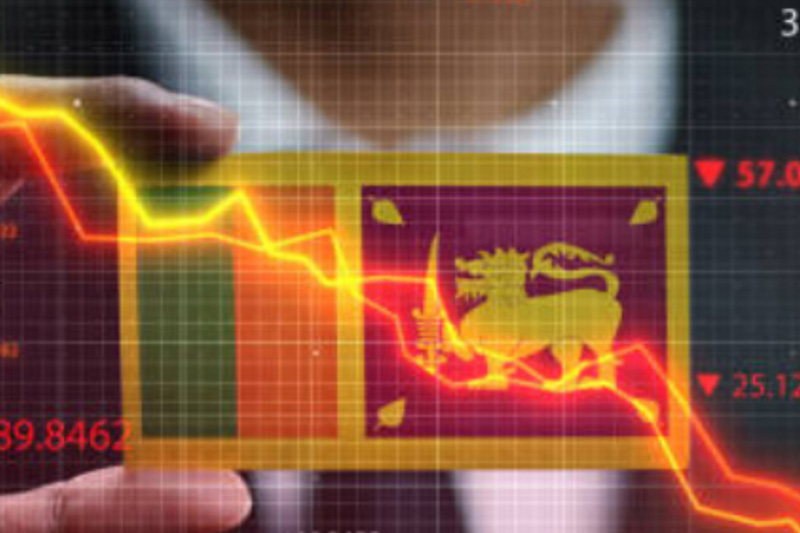
Sri Lanka at a Crossroads: Balancing Global Alliances and Economic Interests
- CNL Reporter
- March 30, 2025
- Weekly Political Review
- Alliances, Economic
- 0 Comments
Weekly Political Review
Wide Angle long shot on SL navigating Geopolitical Tensions amid Economic Uncertainty
By Rohana Jith
Sri Lanka finds itself at a pivotal moment, with its strategic geographical positioning offering a unique advantage. However, merely relying on this will not be sufficient to secure economic prosperity. The country must actively integrate itself into the global trading network, forming partnerships that leverage its hub status. In an increasingly competitive global landscape marked by trade wars and geopolitical tensions, strategic maneuvering is essential to maintain stability and foster growth.
A critical aspect of this balancing act is Sri Lanka’s engagement with India. The Adani Group’s involvement in local projects has become a test case for how the new regime handles foreign investments. While collaboration is necessary, the government must ensure that it is perceived as making informed, sovereign decisions rather than being dominated by external influences. A failure to do so could tarnish Sri Lanka’s international reputation.
The global trade environment is undergoing a seismic shift, particularly with the United States’ retreat from multilateral agreements under the “America First” policy initiated by Donald Trump. This shift has led to a redistribution of economic power, with Asian economies, including China and India, gaining prominence. Strategic alliances like BRICS are playing an increasingly significant role in reshaping trade dynamics.
U.S. Relations and Geopolitical Concerns
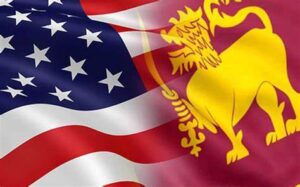
The United States has been closely monitoring its trade relations with Sri Lanka, urging the island nation to import more American goods. Given Sri Lanka’s fragile foreign exchange reserves, balancing trade obligations with economic stability presents a significant challenge.
A high-level U.S. visit by Admiral Samuel Paparo, Commander of the U.S. Indo-Pacific Command, further underscored the deepening strategic concerns, particularly over China’s growing influence in the region.
Despite the visit taking place with minimal publicity, political circles speculated about its significance, especially since it followed U.S. Ambassador Julie Chang’s trip to Washington.
Though details of discussions with President Dissanayake remain undisclosed, maritime security and China’s research vessel activity in Sri Lankan waters were among the topics reportedly addressed. These developments highlight the increasing complexity of Sri Lanka’s diplomatic relationships.
UNHRC Challenges and UK Sanctions
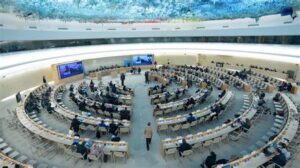
Sri Lanka faces renewed scrutiny ahead of the United Nations Human Rights Council (UNHRC) sessions in September 2025.
Historically, human rights allegations have centered on wartime abuses in the North, but the submission of the Batalanda Commission report could introduce fresh accusations relating to state-sponsored violence in the South. This could further strain Sri Lanka’s global standing and increase the risk of international sanctions.
The United Kingdom has already imposed travel bans and potential asset freezes on former Sri Lankan military commanders, signaling a tough stance ahead of the UNHRC sessions. This move is widely seen as a precursor to additional international measures, increasing pressure on Sri Lanka’s government to address human rights concerns transparently.
China’s Strategic Influence and Delayed Agreements
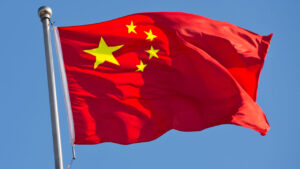
During a recent diplomatic visi of The President, Sri Lanka signed 78 agreements with China. However, the implementation of these agreements has faced delays. A key point of contention is Sri Lanka’s handling of Chinese research vessels, an issue that has drawn opposition from both the United States and India.
Although President Dissanayake assured China of a resolution without damaging its prestige, the government has struggled to fulfill this promise, leading to diplomatic strain.
China’s response has been firm, reportedly postponing planned support to Sri Lanka until its concerns are addressed. This delay could have significant economic repercussions, particularly as Sri Lanka continues to depend on Chinese investments for infrastructure projects and financial assistance.
Adani’s Exit and Modi’s Upcoming Visit
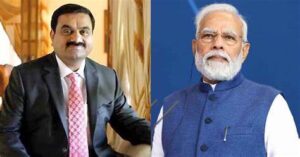
Adding to the economic turbulence, Indian billionaire Gautam Adani has pulled out of an energy project in Sri Lanka. This decision is particularly significant given Adani’s close ties to Indian Prime Minister Narendra Modi. Modi’s upcoming visit to Sri Lanka is expected to address the implications of Adani’s exit and reinforce India’s strategic interests in the region.
Former President Ranil Wickremesinghe has warned that losing an investor of Adani’s caliber could send negative signals to other potential investors. Given the delicate state of Sri Lanka’s relations with India, Modi’s visit is likely to bring diplomatic messages that could impact future collaborations.
The Starlink Controversy and Economic Ramifications

Further complicating Sri Lanka’s foreign relations, the government has reportedly suspended Elon Musk’s Starlink internet services. As Musk is a close associate of Donald Trump, this move could strain Sri Lanka’s relationship with the U.S. at a time when diplomatic goodwill is crucial. A dispute with Musk could have economic repercussions similar to those of the Adani withdrawal, potentially affecting investment prospects from American tech giants.
SriLankan Airlines Corruption Scandal and Financial Fallout
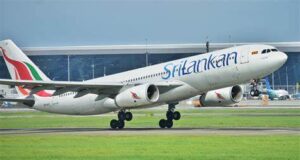
Sri Lanka’s national airline has become embroiled in a massive corruption scandal involving its former CEO, Kapila Chandrasena. He allegedly accepted $2 million in bribes from Airbus, and despite ongoing legal efforts, he remains in Australia with his family. This scandal is just one of many financial burdens plaguing SriLankan Airlines, which recorded a staggering loss of $1.5 billion over two years.
Newly appointed chairman Sarath Ganegoda is attempting to recover some of these losses through negotiations with Airbus. The airline is demanding a $232.6 million settlement, including four new A330-900 aircraft. The government is also scrutinizing prior aircraft deals that led to significant financial losses, hoping to recover funds and prevent further mismanagement.
Meanwhile, revelations about excessive payments for grounded aircraft have added to public outrage. Deputy Minister Harshana Suriyapperuma recently disclosed that SriLankan Airlines has been paying nearly $900,000 per month for three unused planes. These findings indicate deeper systemic corruption within the airline, prompting calls for greater transparency and reform.
Modi’s Visit and Strategic Agreements
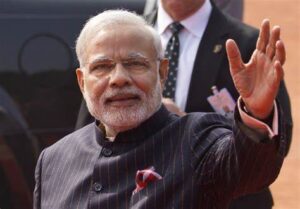
Indian Prime Minister Narendra Modi is set to visit Sri Lanka, accompanied by senior officials, including Foreign Minister Subrahmanyam Jaishankar and National Security Advisor Ajit Doval. His itinerary includes the inauguration of key projects funded by India and a significant visit to Anuradhapura’s sacred Sri Maha Bodhi.
Interestingly, Modi’s visit does not include Trincomalee, despite its strategic importance in bilateral agreements. Major projects such as the Sampur solar power initiative and the India-Sri Lanka oil pipeline were expected to be focal points, but their absence from the official schedule suggests diplomatic recalibrations.
Conclusion: A Delicate Balancing Act
Sri Lanka is at a crossroads, navigating complex geopolitical tensions and economic uncertainties. The government must carefully manage its relationships with key global players, including India, China, and the United States, while addressing internal governance challenges. The outcomes of these diplomatic engagements will shape Sri Lanka’s economic future, making it imperative for the country to strike a balance between strategic partnerships and national interests.

